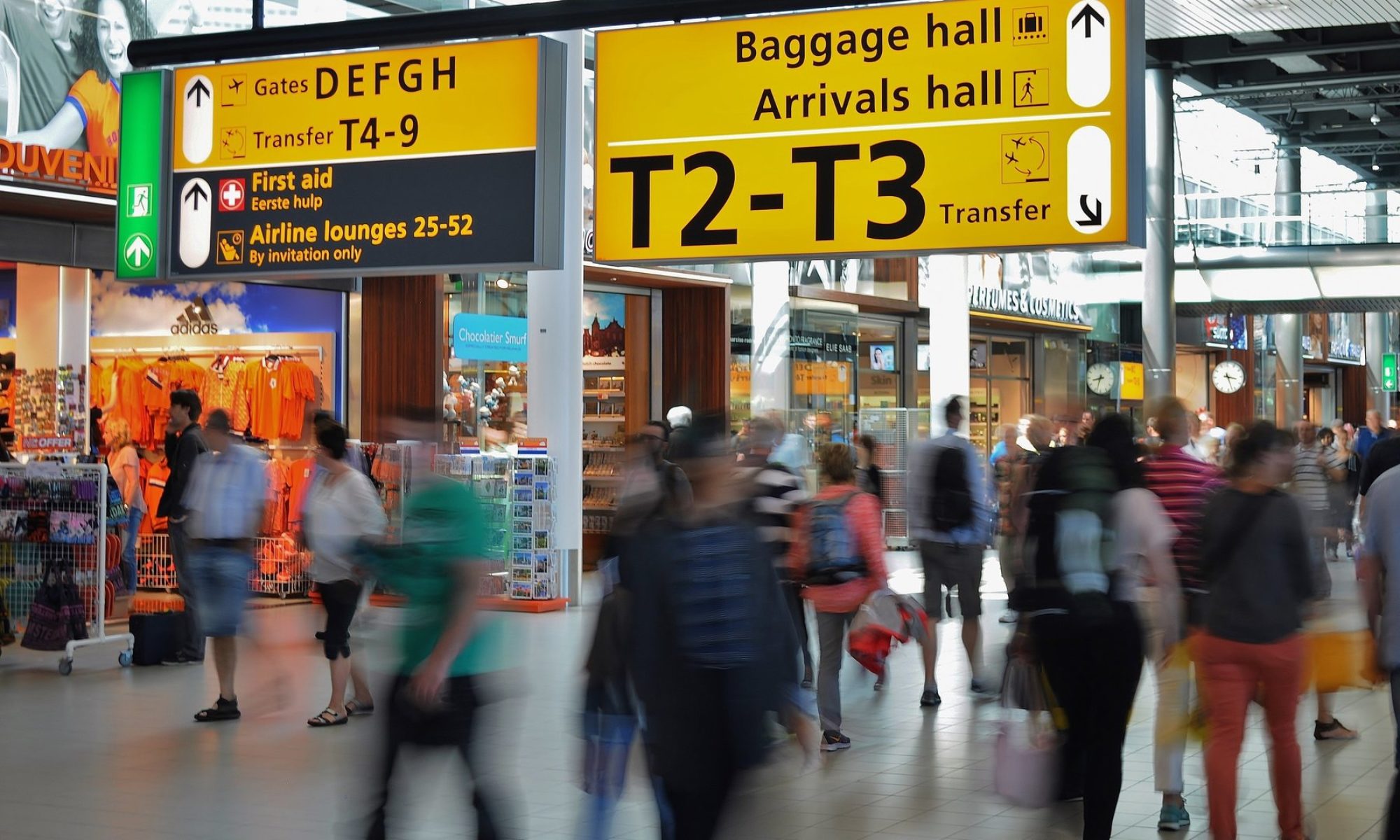![]() Is private investment likely to materialise for the enormous challenge of developing airport infrastructure in the country? That’s the million-dollar question facing the aviation sector. For, regulatory uncertainties and unrealistic terms of reference for concession agreements, coupled with mid-way reviews impacting revenue streams, have stopped investors from loosening their purse strings thus far.
Is private investment likely to materialise for the enormous challenge of developing airport infrastructure in the country? That’s the million-dollar question facing the aviation sector. For, regulatory uncertainties and unrealistic terms of reference for concession agreements, coupled with mid-way reviews impacting revenue streams, have stopped investors from loosening their purse strings thus far.
The Airports Authority of India (AAI) was left red-faced recently after failing thrice to get a single bid for the privatisation of brownfield airports at Jaipur and Ahmedabad. The PPP model under which the government had privatised airports at Delhi and Mumbai for a fixed tenure is already showing signs of strain, forcing it to take a hard look at the way concession agreements are drawn up and have a consultative discussion with experts and stakeholders. A framework or a model-concession agreement is likely to be out in August, sources say.
Why the need for private money? Padma Priya J, director, Grant Thornton, India, says the sector would need $25 bn of investment between 2016 and 2026. “India is now the third largest aviation market after US and China. Meeting the growing demand is a task which cannot be handled by the government alone.”
A recent report by Sydney-based aviation body CAPA has forecast saturation of the 40 largest airports in India over the next few years. It has estimated need for $36-45 bn of investment by 2030 as the current airport structural capacity is likely to be exceeded by FY22.
Some numbers will put things in perspective: CAPA forecasts total airport traffic to increase 5.3x from 308.7 m in FY18 to 1.6 bn in FY2033. So, if the system was to be operating at 80% utilisation, 1.6 bn passengers would require 2.0-bn airport capacity, as against the current structural capacity of 317 m.
So are private players not looking at assets at all? “There is keenness to invest, especially among pension funds and other long-term investors, provided there is clarity in bids and substantial scope of work for the bidder,” Padmanabhan says, adding that since brownfield assets are already in place, it makes business sense to throw one’s hat in the ring. However, what investors are not game for is to take the construction risk and get stuck with an asset for which regulatory clearance is an issue, like with the Navi Mumbai airport.
Kapil Kaul, CEO and director, CAPA, South Asia, warns of investor fatigue due to the failure to meet deadlines. “We keep changing strategic direction. Request for proposal deadlines were changed 12-15 times in UPA-II. We must choose between the PPP and management model. We must also set realistic commissioning deadlines .”
So, what is it that investors want? Padmanabhan highlights two concerns. One, the type of asset that is put out for bidding is important. It needs to be considered if an asset monetisation policy of the type in existence for the road sector can be employed for airports. Two, the scale and pipeline of projects to come to the market influences outcomes. “It has been observed in other markets that if there is a robust pipeline then the number of bidders increases and through competitive pressure the market value of the asset is realised,” he points out.
Investors are also not averse to looking at “the possibility of taking one of the more profitable airports, and clubbing it with a not-so-profitable one for bidding,” he adds. A white paper on regulatory changes and changing directions needs to be hammered out, Kaul asserts, highlighting that there is not one project on the table in a regime that allows 100% FDI in airports. That is some food for thought if the stupendous growth in traffic in recent years is not to be choked.
Source: The Indian Express

